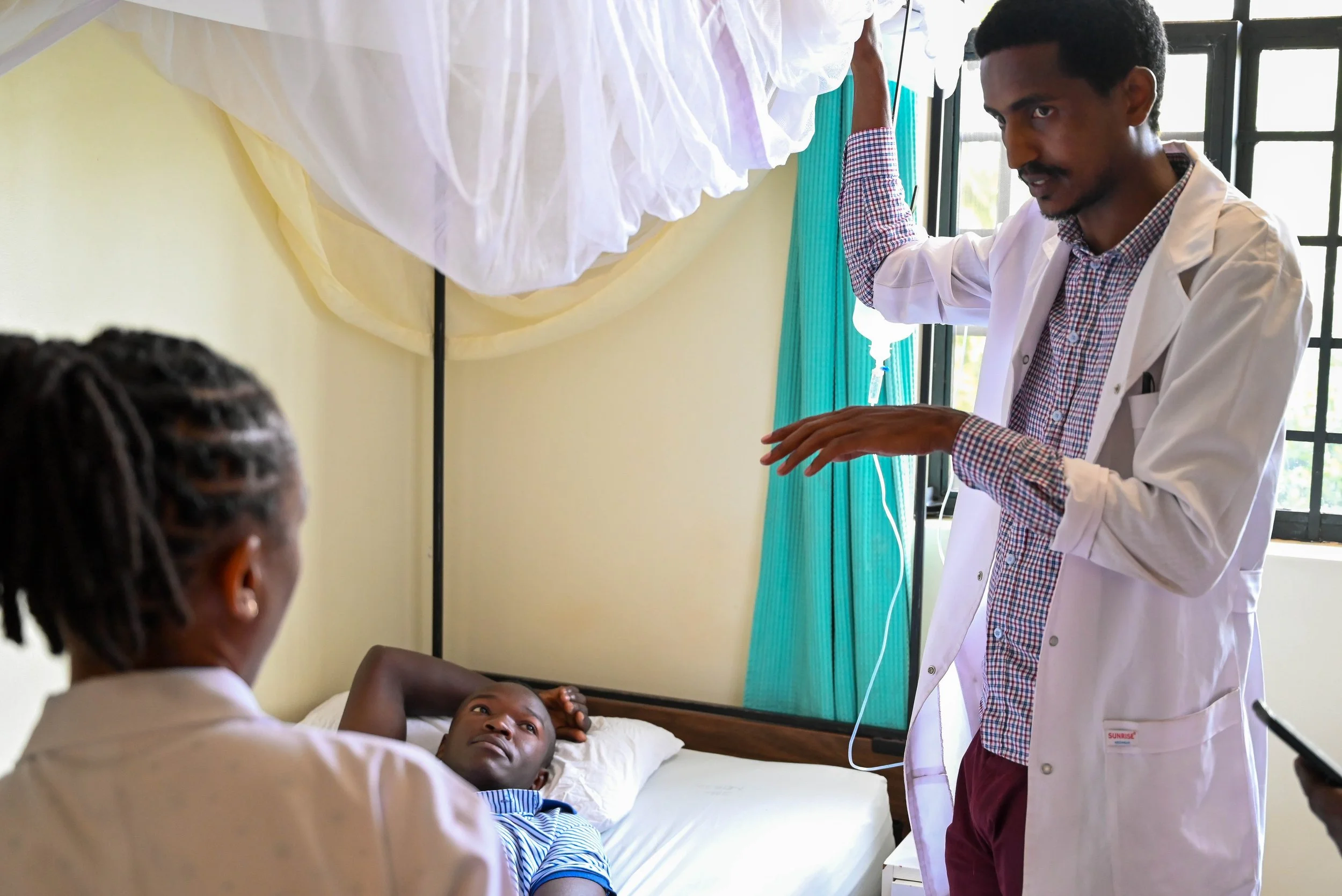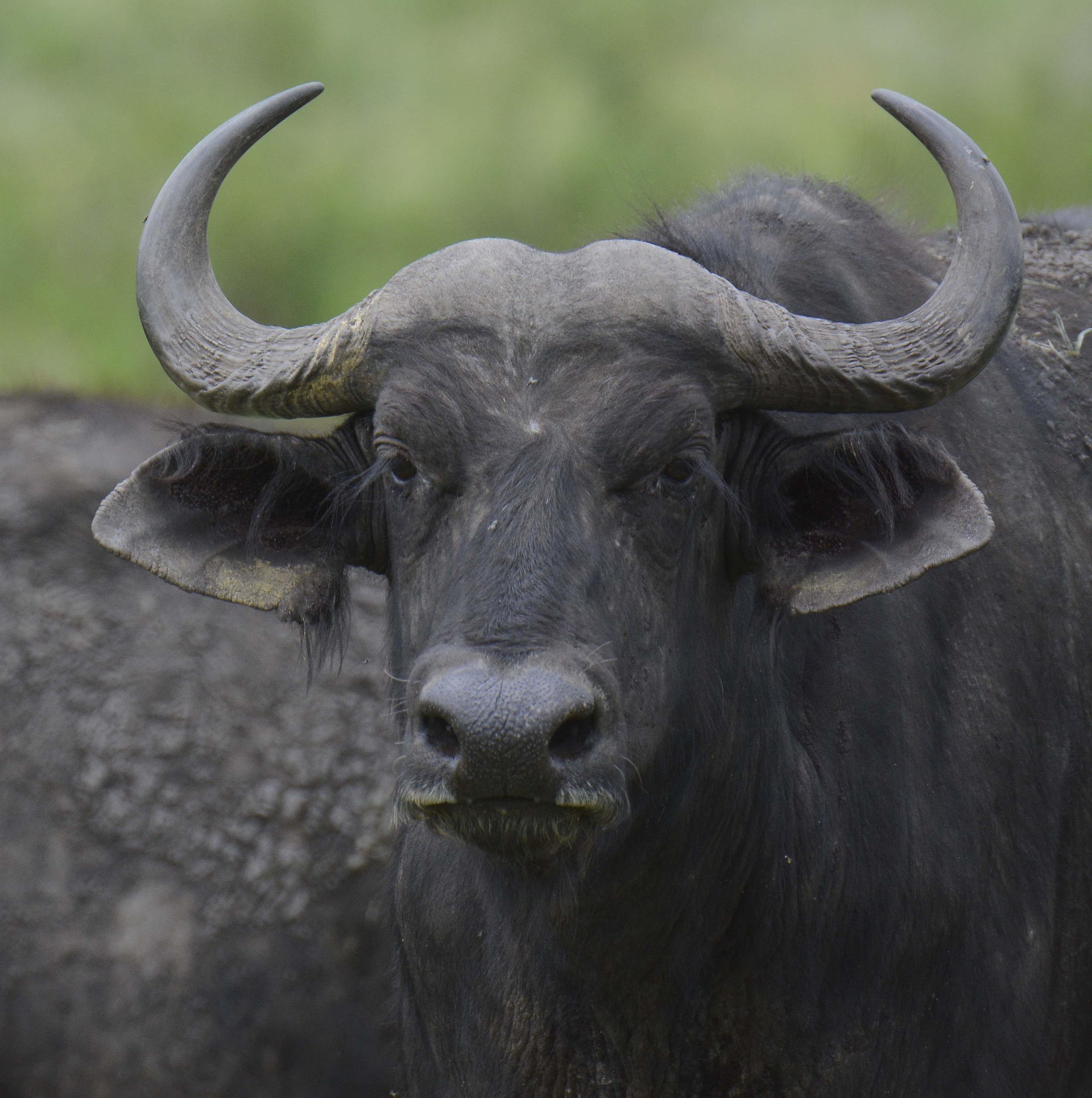Malaria is a serious and sometimes fatal disease caused by a parasite that commonly infects a certain type of mosquito that feeds on humans. In the United States, about 2,000 cases of malaria are diagnosed each year, with the majority of cases in travelers and immigrants returning from countries where malaria transmission occurs (CDC). This is a stark difference from Tanzania, where over 45 million people are at risk of malaria because of the climate and topography (USAID). The Tanzania Ministry of Health reported 4.4 million malaria cases in 2021, resulting in 1,905 deaths.
FAME is located in northern Tanzania, near the Ngorongoro Crater, at a relatively high altitude of 5,900 feet above sea level. While malaria is a concern in all areas of Tanzania below 5,000 feet, given the altitude of our catchment area, malaria cases are minimal. Malaria thrives in low-altitude regions and is much more unlikely in higher altitudes.
That's why our team was surprised when Daniel*, a 19-year-old boy who resides in the Ngorongoro area, was admitted to FAME’s inpatient ward with Malaria.
We learned that Daniel had just returned from a trip to the southern highlands of Tanzania. He had traveled to Songea, a region in southwestern Tanzania, to see his mother for a month. Songea is at an elevation of 3,600 feet above sea level. The altitude, among other factors, makes it a high-risk area for malaria.
It was on his way back to Karatu from Songea that Daniel started experiencing symptoms: fever, headache, chills, and nausea. The journey was long and traveling 690 miles on a bus is not the most comfortable. Daniel wondered if he could make it home to Karatu. He spoke to the man who sat next to him on the bus, told him that he was unwell and asked him to watch his belongings if he lost consciousness.
More than 17 hours later. Daniel arrived in Karatu.
“I was nauseous and in pain when we arrived in Karatu at almost midnight. I thought of coming to FAME but then had second thoughts on whether I was really sick or the long grueling journey had taken a toll on me. So I went home, took paracetamol and tried to sleep.”
After a night of restless sleep, tossing and turning and waking up several times, Daniel came to FAME the next morning.
“I was lucky that my father was in Karatu. I called him and asked him to bring me to FAME. He came on a Boda Boda (motorcycle) to pick me up. I was so sick I couldn’t sit upright; he had to support me.”
Dr. Lingato Olekotoy (right) consults with Dr. Joselina about Daniel’s case.
Once at FAME, Daniel was received by a doctor and sent to the lab for tests.
“After doing tests at the FAME laboratory, I was diagnosed with malaria and was admitted to the inpatient ward. This is the second time I have gotten malaria, the first time being when I lived in Dar es Salaam [elevation: 187 feet above sea level] seven years ago, but the symptoms this time were different! I don’t remember being this sick!”
After two nights at the inpatient ward, Daniel is ready to go home.
“The care at FAME has been exceptional. The food was delicious; I’m extremely sad that malaria took my appetite away and I couldn’t eat much. I might return for the food alone; this was a missed opportunity! I’m happy with the treatment and thanks to FAME, I’m starting to feel back to my old self again.”
Drs Joselina (left) and Lingato (right) are joined by Dr. Emmanuel Mbilinyi (second right) and Nurse Iluminata Sanka (second left).
Through the National Malaria Control Program (NMCP) and in collaboration with its partners, the Government of Tanzania has made significant strides in the fight against malaria, resulting in a remarkable reduction in malaria cases. This is reflected in the number of malaria patients at FAME: in 2021, we saw 53 malaria cases; this dropped to 38 cases in 2022.
FAME’s Head Doctor, Gabriel Kissima, explains the malaria cases we receive at FAME:
“Because of Karatu’s high altitude, we don’t usually get many malaria cases from around here. Often, the patients have traveled outside Karatu or live outside our catchment area. At FAME, close attention is paid to the differential diagnosis of febrile illnesses [fever], as early recognition of symptoms and signs perceived as malaria are vital for effective case management.”
*While the patient’s name has been changed to protect privacy, permission was secured to share his photos and story with FAME supporters and to raise awareness of available medical care at FAME Medical.

















